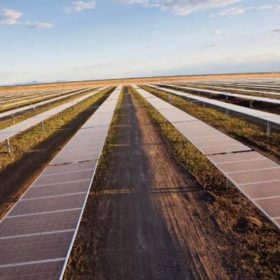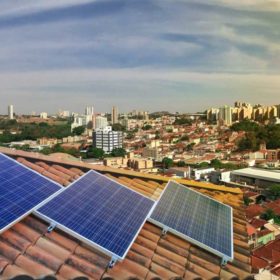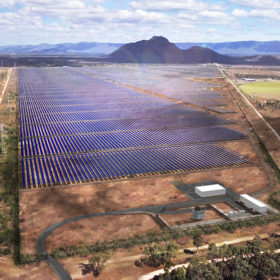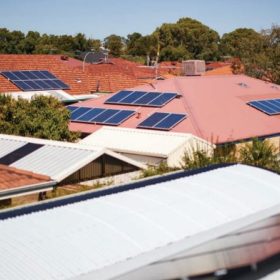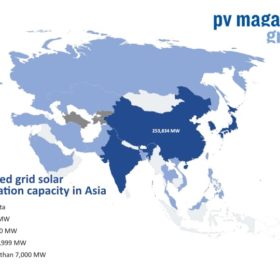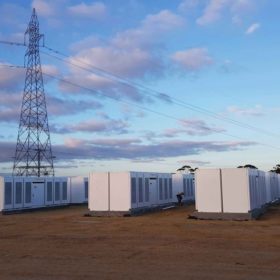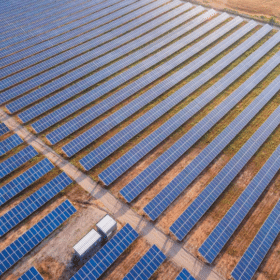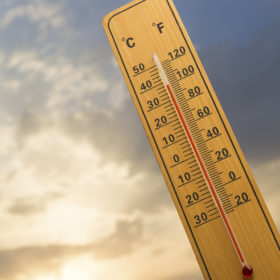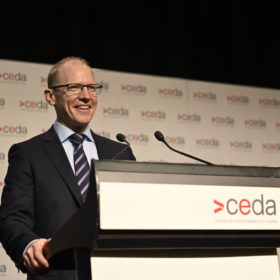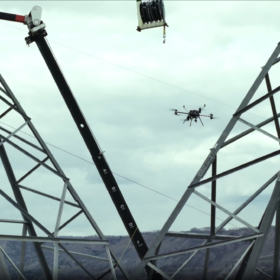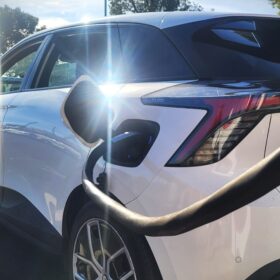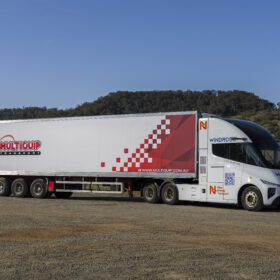600 MW solar+battery project gets NSW government go-ahead
A massive solar+storage project in the New South Wales Central West tablelands has received the tick of approval from the state’s Department of Planning and Environment with construction likely to commence on the $418 million Stubbo Solar Farm in 2022.
Deciding our distributed energy future
The debate around the regulatory reform of distributed energy resources will help decide the future direction of Australia’s electricity system.
Machine learning forecast tool tipped to improve grid stability
Researchers from Melbourne’s Monash University have unveiled new machine learning technology which has already delivered a 45% improvement in the precision of power output forecasts at large-scale wind and solar farms and could potentially pave the way for increased renewable energy penetration in the grid.
Rooftop solar rollout sparks update of WA energy plan
With 1 MW of rooftop solar entering the Western Australian energy system each week the state government has announced a multi-million dollar package which will allow for an update of its grid transition strategy which aims to accommodate a rapid shift to renewable energy.
China to add 619 GW of solar this decade
Indonesia will catch the eye too over the next nine years, according to Wood Mackenzie analysts, as its market grows from 300 MW to 8.5 GW.
New AEMC reforms provide boost for battery storage
The Australian Energy Market Commission has unveiled new rules designed to better integrate both small and large-scale batteries into the National Electricity Market and provide financial rewards for market participants who can respond at lightning-quick speeds to provide stability when the grid is under stress.
Spark reveals plans for 2.5 GW renewable energy hub
Electricity network owner Spark Investment has announced plans to develop a 2.5 GW renewable energy hub in New South Wales as it continues to move beyond owning regulated network infrastructure towards renewable energy generation assets.
Steggall calls for conscience vote after climate change bills rejected
Independent MP Zali Steggall has called for a conscience vote after two Liberal backbenchers broke ranks to back a net zero by 2050 emissions target after a parliamentary committee rejected a bill to legislate the goal.
ARENA provides $2 million to help biggest industrial emitters green supply chains
The Australian Renewable Energy Agency will provide $2 million to ClimateWorks Australia for the next phase of the Australian Industry Energy Transitions Initiative, which is aims to support some of the country’s biggest companies to decarbonise.
Australia’s grid to be ready for instances of 100% renewables by 2025 to end asset constraints, AEMO boss clarifies
In his first public address, the newly appointed head of the Australian Energy Market Operator significantly upped the Operator’s ambitions for renewable penetrations in the grid, conveying the importance of no longer constraining what he called ‘zero cost’ renewable energy assets.
